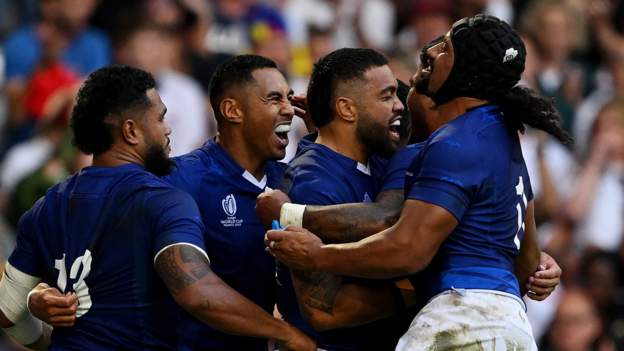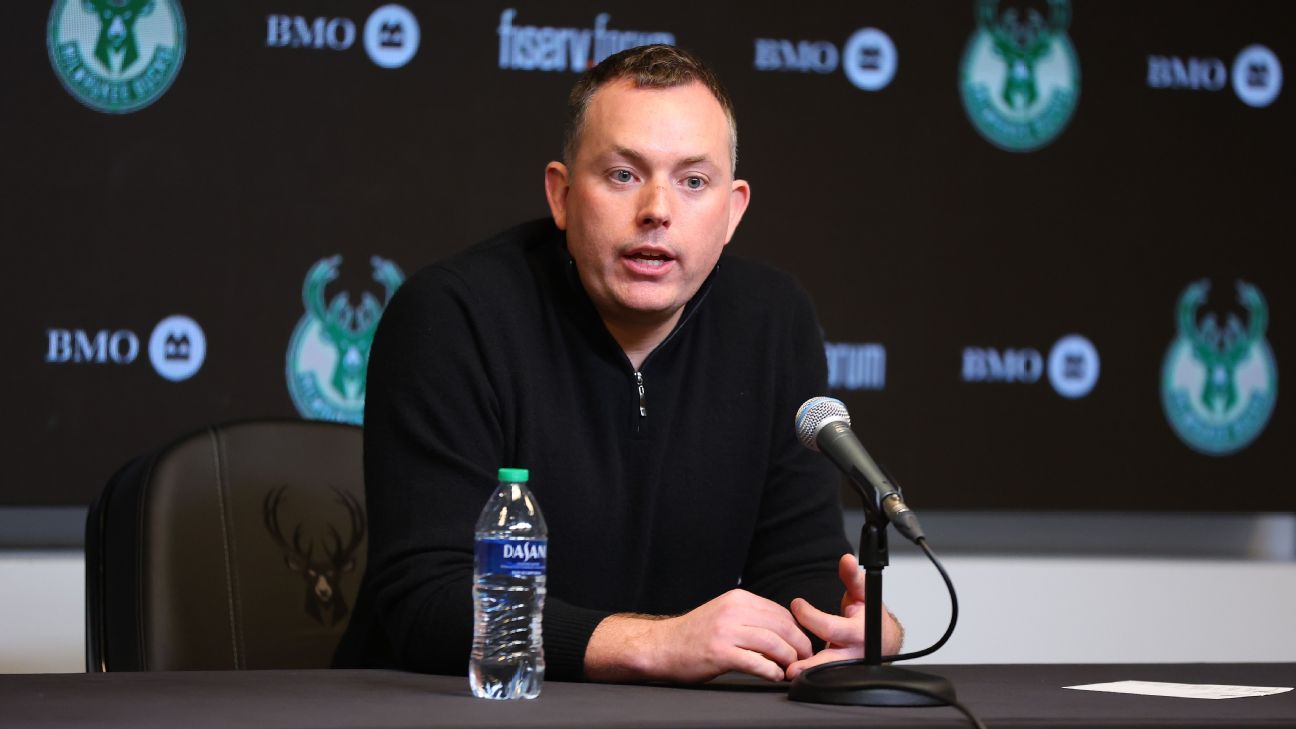Rugby World Cup 2023: What next for tier-two nations?
Written by I Dig Sports
"We are starting to see the lines blur between tier one and tier two, which is brilliant," England lock Maro Itoje said before his team's final pool match against Samoa.
And as the ball spilled agonisingly forward, with the tryline in sight, the opportunity for a first win over England passed Samoa by in the closing seconds in Lille.
The performance was not a fluke. Samoa, aided by World Rugby's birthright amendment which has led to an influx of former New Zealand players joining their ranks, have improved.
Elsewhere, Portugal recorded their first ever World Cup win with victory over Fiji, after an agonising draw with Georgia where they missed a last-minute penalty to win the game.
Uruguay offered stiff resistance to France and Italy, while Japan came within 13 points of reaching back-to-back quarter-finals.
However, Fiji are the sole tier-two nation to reach the knockout stage in France.
'Critical' to get 'opportunities' against tier-one nations
Tier one consists of the European teams who play in the Six Nations (England, Scotland, Wales, Ireland, France and Italy), and the four who compete in the southern hemisphere's Rugby Championship (Australia, New Zealand, South Africa and Argentina).
Every other nation that plays at the World Cup, but does not feature in those top-level annual tournaments, is from tier two.
Conversations between rugby's leaders have been ongoing for quite some time on how to narrow the gap between the two tiers.
It is hoped a global calendar will be announced in the near future. A two-tier men's tournament in July and November has been proposed, which emerging nations hope will offer them more competitive games.
Samoa won only one of their four pool matches but ran England, Argentina and Japan close in their three defeats, and head coach Seilala Mapusua hopes a strong World Cup showing will be rewarded with more matches against tier-one teams.
"We seriously need to look at our programme, the exposure we can get to these tough matches against tier-one teams, there is a lot of work to do," Mapusua said after Samoa finished fourth in their pool.
Tonga, who conceded a total of 153 points against Ireland, Scotland and South Africa, had only played 17 Test matches since the 2019 World Cup in Japan before heading to France.
"It's critical for our growth that the boys get opportunities," Tonga defence coach Dale MacLeod added on the issue.
"It was so iconic to play against a team like the Springboks and when you think it has been 16 years [since the last time Tonga played South Africa], that is a lot of players that don't get to do that."
Tonga play in the annual Pacific Nations Cup, which includes games against fellow tier-two sides Samoa, Fiji and Japan.
Meanwhile, Namibia head coach Allister Coetzee finds his team rarely get the opportunity, which the likes of Portugal do, to play against other tier-two sides.
"Even though there is a will from World Rugby, there is an economic reality," Portugal head coach Patrice Lagisquet explained after being asked if his side's performances could help increase the number of emerging nations in the competition.
"The tier-one nations cannot play two, three or four matches in a row [against tier-two nations] and that's what these nations would need.
"In rugby, one needs to play against high-level teams to flourish. I would say the great nations need to make money and to fill the stadium."
'You cannot rely on club rugby'
Chile became the first debutants at a Rugby World Cup for 16 years, which added a new emerging nation into the competition.
But, after four heavy defeats in which they scored only 27 points and conceded 215, a gap in quality was exposed.
Selknam, a professional club based in Chile's capital Santiago, is where 30 of Chile's 33-man World Cup squad play their club rugby.
Fellow South American nation Uruguay have scrum-half Santiago Arata playing in France's Top 14 with Castres, showing how far their talent pool has progressed since their debut in the 1999 World Cup.
"Uruguayan rugby is more competitive than Chilean because it has a stronger club root," Chile assistant coach Emiliano Caffera said.
"Part of the growth and the pathway that needs to be taken is that they train in better places [foreign clubs] with better players.
"This is how South American rugby grew, Argentina, Uruguay. It is very important."
Similarly, Namibia have 10 players in their 33-man squad who have jobs outside rugby, with fewer than 1,000 registered players in the nation.
"The big thing for me of Namibian rugby is the lack of competition; you cannot rely on club rugby only," Coetzee added.
Is investment making a difference?
World Rugby says it has invested more than 42m in performance programmes, supporting fixtures and building franchises over the past five years.
In 2022, the Fijian Drua was introduced to Super Rugby and has supplied Fiji with 18 players out of their 33-man World Cup squad.
Similarly, Penarol in Uruguay, another new side formed in 2019, offered the same number of players to Esteban Meneses' final squad for the competition in France.
"The Drua was brought in to help the younger generations in Fiji to give them a pathway to the Flying Fijians and it's good to see that working out," Fiji lock Isoa Nasilasila, who plays for the side, said.
To take the Pacific island nation to the next level, it has been suggested they could enter the Rugby Championship in 2024.
Argentina joined the competition in 2012 and three years later reached the World Cup semi-finals for a second time, benefiting from regular high-level exposure.
On the possibility of Samoa not being included, their head coach Mapusua added: "We wouldn't see games like we saw against England.
"It was a great contest between two proud countries. You're basically seeing an expanded Six Nations and Rugby Championship."















 Phone: (800) 737. 6040
Phone: (800) 737. 6040 Fax: (800) 825 5558
Fax: (800) 825 5558 Website:
Website:  Email:
Email: 






